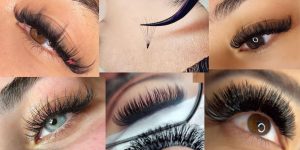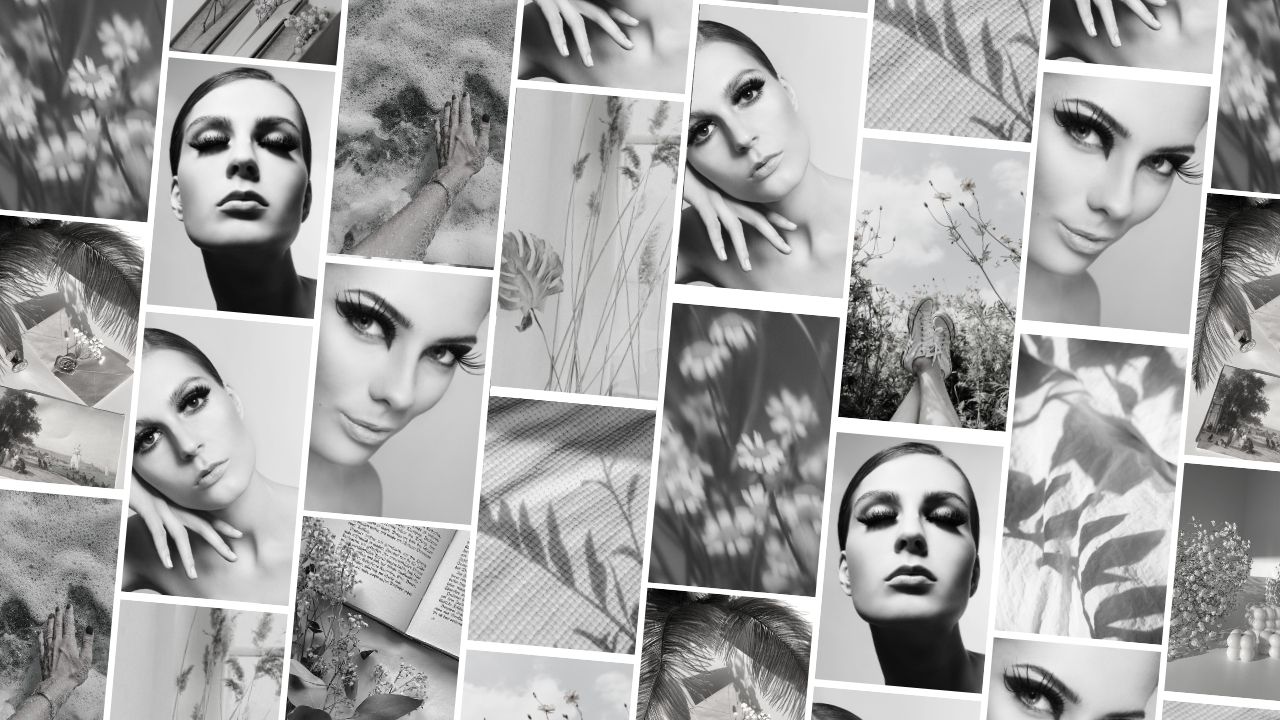
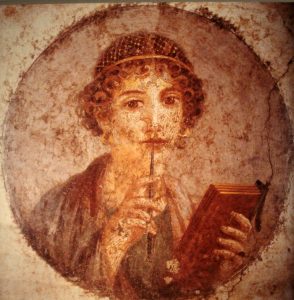 Ancient Egypt: The captivating allure of long, fluttery eyelashes has a storied history dating back to 2500 B.C. in the land of the pharaohs. The ancient Egyptians were pioneers in the art of eyelash enhancement, using ointments and brushes to achieve luscious lashes that beautifully framed their eyes. What’s intriguing is that both men and women of this era aspired to elongate their lashes, often resorting to materials like malachite for darkening. Long lashes were not just a beauty statement; they were also believed to offer protection against the intense Egyptian sun.
Ancient Egypt: The captivating allure of long, fluttery eyelashes has a storied history dating back to 2500 B.C. in the land of the pharaohs. The ancient Egyptians were pioneers in the art of eyelash enhancement, using ointments and brushes to achieve luscious lashes that beautifully framed their eyes. What’s intriguing is that both men and women of this era aspired to elongate their lashes, often resorting to materials like malachite for darkening. Long lashes were not just a beauty statement; they were also believed to offer protection against the intense Egyptian sun.
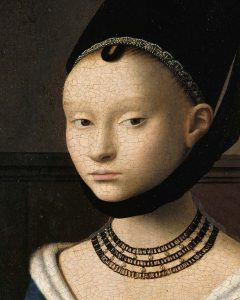 The Middle Ages: In stark contrast, the Middle Ages witnessed a bizarre trend where people, particularly women, preferred to pluck their lashes and eyebrows. This peculiar fashion was an attempt to reveal more of their foreheads. However, this came at a cost, as eyelashes serve the vital purpose of safeguarding our eyes from dust and debris. Thankfully, this eyebrow-raising trend didn’t stand the test of time.
The Middle Ages: In stark contrast, the Middle Ages witnessed a bizarre trend where people, particularly women, preferred to pluck their lashes and eyebrows. This peculiar fashion was an attempt to reveal more of their foreheads. However, this came at a cost, as eyelashes serve the vital purpose of safeguarding our eyes from dust and debris. Thankfully, this eyebrow-raising trend didn’t stand the test of time.
Ancient Rome: Around 753 B.C., the wise philosopher Pliny the Elder asserted that short eyelashes were a sign of aging, while long lashes symbolized morality and virginity. In ancient Rome, women accentuated their eyes using kohl, a dark pigment made from ash and soot. They applied this dye under and over their eyes to darken both their lashes and eyebrows. An array of colors, from green to malachite and from blue to azurite, was used to create the desired effect.
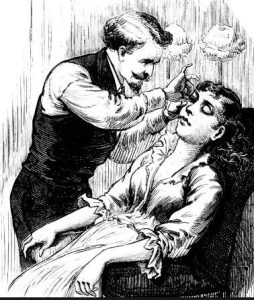 The 1900s: In 1911, a creative Canadian inventor named Anna Taylor introduced artificial eyelashes to the world. Her invention included glue-on lashes, often made from human hair, which were considered groundbreaking at the time. Shortly thereafter, German hairdresser Karl Nessler began offering false lash services at his salon in New York City. He cleverly marketed his services as a defense against the harsh glare of electric lights. However, the turning point came in 1916 during the filming of “Intolerance.” Director D.W. Griffith noticed that actress Seena Owen’s eyes lacked emphasis. To rectify this, he assigned the film’s wig-maker to create larger eyelashes by weaving human hair through gauze and adhering them to the actress’s eyelids.
The 1900s: In 1911, a creative Canadian inventor named Anna Taylor introduced artificial eyelashes to the world. Her invention included glue-on lashes, often made from human hair, which were considered groundbreaking at the time. Shortly thereafter, German hairdresser Karl Nessler began offering false lash services at his salon in New York City. He cleverly marketed his services as a defense against the harsh glare of electric lights. However, the turning point came in 1916 during the filming of “Intolerance.” Director D.W. Griffith noticed that actress Seena Owen’s eyes lacked emphasis. To rectify this, he assigned the film’s wig-maker to create larger eyelashes by weaving human hair through gauze and adhering them to the actress’s eyelids.
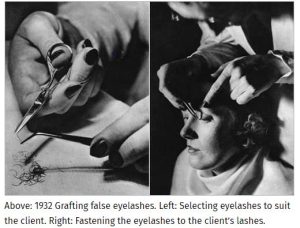 The Modern Age: Fast forward to the 1990s and 2000s, when semi-permanent lash extensions revolutionized the beauty industry. This era marked a shift toward more natural-looking lashes. The application methods became more precise, and products evolved dramatically. These modern eyelash extensions, which were initially popular in Korea, made their way to the United States in 2004. They were applied in small clusters with adhesive to individual natural lashes. The new extensions offered lasting glamour, enduring until the natural eyelashes shed. Today, our modern eyelash extensions consist of individual synthetic hairs attached to existing lashes. These ultra-light extensions come in various styles, colors, and materials, all designed to be lightweight, comfortable, and exceptionally durable. The art of enhancing eyelashes has come a long way, and the journey continues, as we strive for ever more captivating and luscious lashes.
The Modern Age: Fast forward to the 1990s and 2000s, when semi-permanent lash extensions revolutionized the beauty industry. This era marked a shift toward more natural-looking lashes. The application methods became more precise, and products evolved dramatically. These modern eyelash extensions, which were initially popular in Korea, made their way to the United States in 2004. They were applied in small clusters with adhesive to individual natural lashes. The new extensions offered lasting glamour, enduring until the natural eyelashes shed. Today, our modern eyelash extensions consist of individual synthetic hairs attached to existing lashes. These ultra-light extensions come in various styles, colors, and materials, all designed to be lightweight, comfortable, and exceptionally durable. The art of enhancing eyelashes has come a long way, and the journey continues, as we strive for ever more captivating and luscious lashes.
